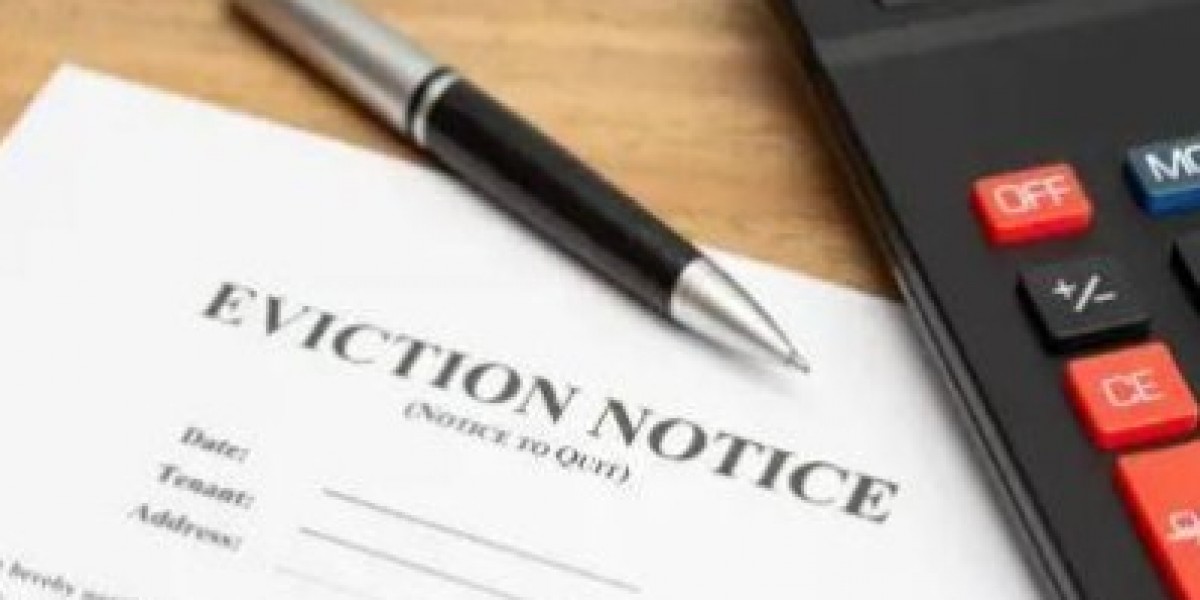Living in New York City often means dealing with high rents and demanding landlords. But what happens when your apartment becomes so unlivable that you feel forced to move out even though your lease hasn’t expired? In such situations, you may be experiencing what the law calls Constructive Eviction.
Unlike traditional evictions where a landlord formally removes a tenant, constructive eviction occurs when a landlord’s failure to maintain the property drives the tenant to leave. It is a powerful legal concept that protects tenants from uninhabitable conditions and neglectful landlords.
What Is Constructive Eviction?
Constructive eviction happens when a landlord allows living conditions to deteriorate so severely that continuing to live in the apartment becomes unreasonable. Though the landlord does not directly evict the tenant, their actions or lack of action effectively force the tenant out.
This can include:
No heat or hot water during winter
Uncontrolled rodent or pest infestations
Unsafe structural issues (e.g., collapsed ceiling)
Toxic mold or sewage backups
Loud construction or other disturbances initiated by the landlord
Harassment or constant violation of privacy
Tenants have a legal right to a habitable home, and landlords are obligated to provide it under New York’s warranty of habitability law.
Legal Requirements for Claiming Constructive Eviction
Successfully claiming constructive eviction involves more than just being unhappy with your living conditions. Specific legal standards must be met, including:
Severe Habitability Problem: The condition must make the unit unfit for living not just inconvenient or unpleasant.
Landlord Notification: You must notify your landlord of the issue and give them a reasonable opportunity to fix it.
Failure to Remedy: The landlord fails to take meaningful action to correct the problem.
Tenant Vacates the Apartment: You must move out due to the issue. Staying in the apartment may weaken your claim.
Documentation is critical. Save emails, letters, repair requests, and any inspection reports or photos that support your case.
How to Prove Constructive Eviction
To build a strong claim:
Take photos/videos of the problem areas.
Keep all correspondence with your landlord.
File a 311 complaint to create a government record.
Maintain a log of how the condition affected your health, safety, or daily life.
Speak with a tenant attorney before moving out.
A legal professional can help determine whether your situation qualifies and guide you on how to pursue compensation or legal relief.
Can You Stop Paying Rent?
In some cases, yes. If you have a legitimate constructive eviction claim, you may no longer be required to pay rent. However, this should only be done after you have vacated the premises and built a strong case. Stopping rent payments while still occupying the apartment can expose you to an eviction lawsuit.
This is why it’s essential to consult with a tenant attorney before taking any drastic steps.
Tenant Remedies for Constructive Eviction
If your claim is successful, you may be entitled to:
Cancel the lease without penalty
Recover your security deposit
Seek damages for moving costs, emotional distress, or expenses incurred due to unlivable conditions
Request partial or full rent abatement for the time you lived in poor conditions
Legal remedies vary depending on how severely your rights were violated and how well you documented the situation.
Landlord Responsibilities Under NYC Law
New York City law is clear: landlords must maintain habitable living conditions. This includes providing:
Adequate heat, hot water, and electricity
Pest-free environments
Structural safety
Proper sanitation and waste disposal
Privacy and freedom from harassment
Failure to meet these responsibilities may not only result in a constructive eviction claim but can also lead to city fines or court orders to make necessary repairs.
Constructive eviction is more than a frustrating experience it’s a legal breach of tenant rights. If your landlord’s neglect has made your home uninhabitable and you’ve had no choice but to move out, the law may be on your side. Knowing how to recognize and prove constructive eviction is key to protecting yourself and potentially recovering damages.































